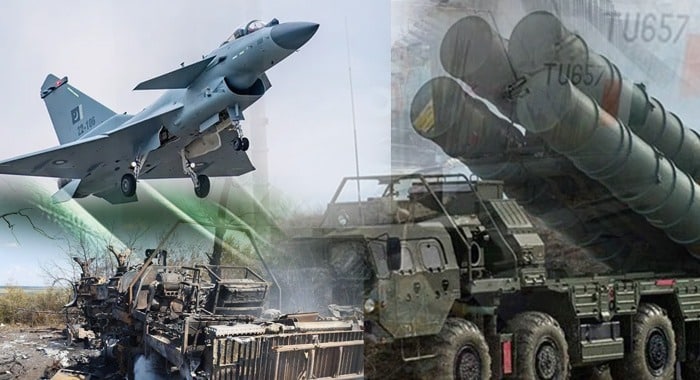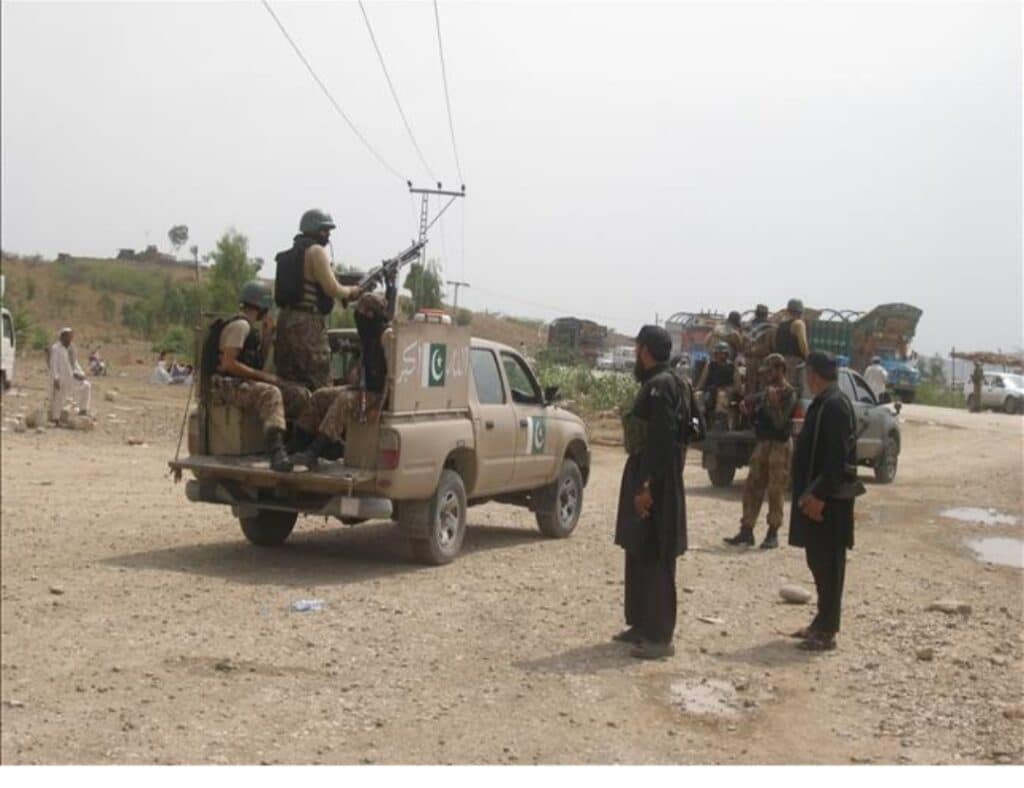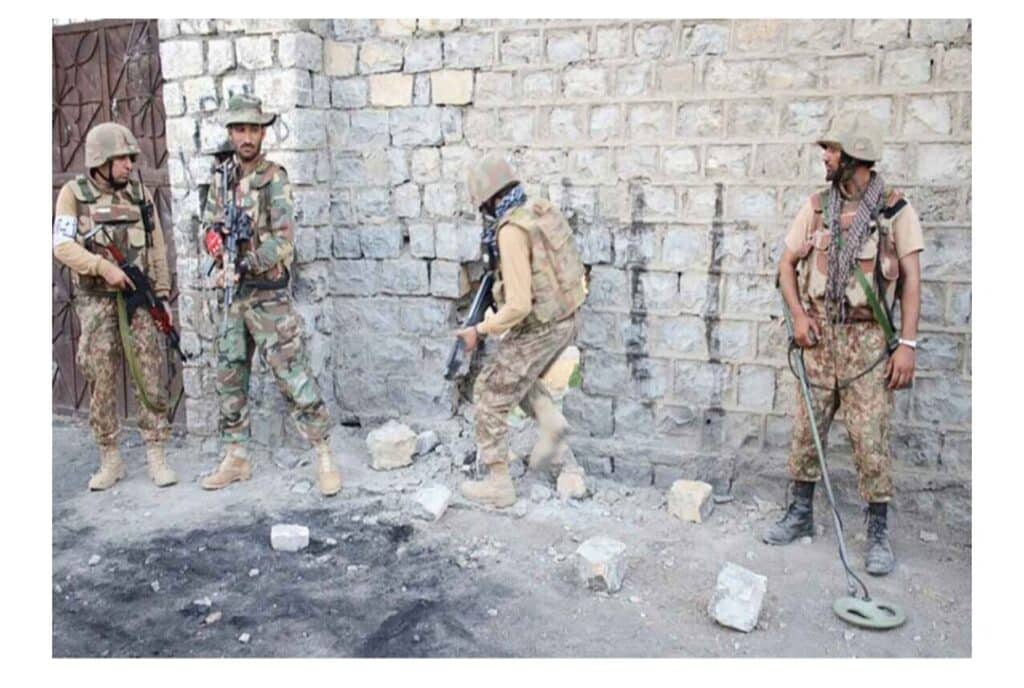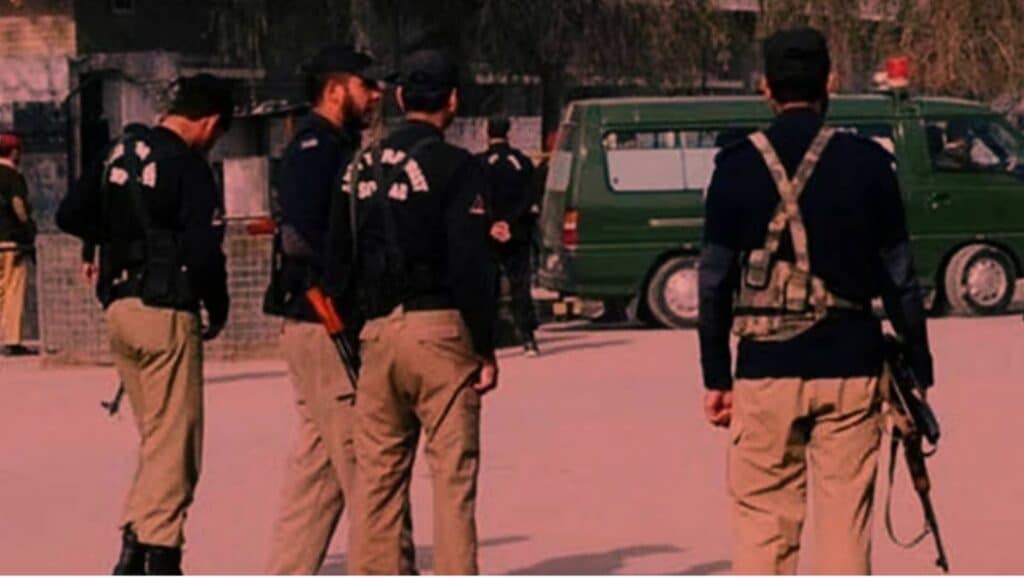In what is being hailed as the most significant event of the ongoing India-Pakistan conflict, Pakistan’s counteroffensive has led to the destruction of India’s highly sophisticated S-400 air defence system, a major blow to India’s military capabilities. The S-400, a Russian-made air defence system, was stationed at the Adampur Airbase, one of India’s most strategically important airbases, located 100 kilometres from the border.
The destruction of the S-400 system was confirmed following a precision strike by Pakistan’s JF-17 Thunder fighter jets, which fired a hyper-sonic missile to take out the defence system. This marks a critical turning point in the air battle, as it severely weakens India’s defence grid, especially in the northern regions where the S-400 had been deployed as a deterrent against incoming threats.
Europe’s leading Defence Analytical Website has called the destruction of the S-400 the most high-profile event in the current conflict, noting that it not only disrupts India’s air defence strategy but also sends a powerful message about Pakistan’s growing strike capabilities. According to the Bulgarian Military Review, the event has reshaped the military balance in the region, signalling that Pakistan now possesses the ability to penetrate deep into Indian territory and strike critical assets with precision.
The S-400, known for its advanced radar and missile interception technology, was supposed to be a shield against aerial threats. However, analysts highlight that the system is vulnerable to saturation attacks or targeted strikes on its radar and command centres. Pakistan’s attack is seen as a demonstration of its ability to conduct saturation strikes and to outmanoeuvre advanced defence systems like the S-400.
The Bulgarian Military Review also speculated that Pakistan might have developed a local version of Chinese hyper-sonic missiles, which were used in the attack. The successful destruction of such a powerful system has raised alarms in India, as it highlights the increasing technological sophistication and operational reach of Pakistan’s air force.
Experts agree that this incident will have far-reaching consequences on India’s defence strategy and could change the dynamics of air combat in the region. The strike has exposed vulnerabilities in India’s once-impregnable defence system and highlighted the growing gap in technological capabilities between the two nations.
In response to the destruction of the S-400, India is likely to reconsider its defence strategy, with some analysts suggesting that this will force India to rethink its reliance on high-tech air defence systems like the S-400.
As the conflict continues to unfold, the incident has sent shock-waves throughout the defence community, and Pakistan’s military is now seen as having the capacity to carry out high-stakes operations deep within enemy territory.





